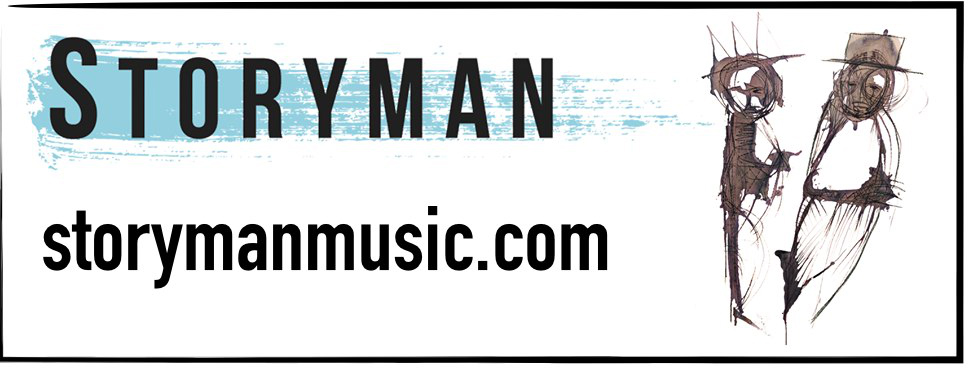SciWorks Radio is a production of 88.5 WFDD and SciWorks, the Science Center and Environmental Park of Forsyth County, located in Winston-Salem. Follow Shawn on Twitter @SCIFitz.
How can you tell the age of a turtle? This is an important question, especially when it concerns the critically endangered Hawaiian hawksbill turtle.
In trying to figure out why their population isn't rebounding from near catastrophe, while other species are back and thriving, Dr. Kyle Van Houtan, ecologist at NOAA's Pacific Islands Fisheries Science Center and adjunct associate professor at Duke University's Nicholas School of the Environment, and his team developed a method similar to the way we read the rings on trees, using hawksbill turtle shells.
We thought that there might be some sort of biological clock in there that we could access, but when you find this clock, you don't know what time it's telling. We had to calibrate that. We ended up finding a way to cross section their shell. We sawed these using a fine, slow speed saw, and then we polished them very nicely, and these growth lines just started to emerge, in these beautiful colors of honey and dark ebony and amber hues.
What the team used to tell time in these turtle shells is the bomb!
We turned to bomb radiocarbon. Between 1945 and 1971, there's this really large increase from all of the thermonuclear atmospheric testing that was happening then. The magnitude of these detonations was so large, it injected radiocarbon into the stratosphere, and it dispersed globally.
Because, for all practical purposes, corals absorb radiocarbon immediately, the team first looked for the bomb signatures in the layers of coral reef. This set a base timeline.
Then, looking at the sea turtle shell with hawksbills, we were able to analyze the bomb radiocarbon in that shell and then relate it to that coral record to see then what the date of formation was for these different growth lines in these turtles.
We knew the date of death for each one of these animals. We could look at the oldest tissue that was present, and then relate it to the coral record, and then get a range of dates from when we thought the birth of that turtle would be.
From the data, the team teased out that this population of Hawksbill turtles was not becoming sexually mature until around 30 years of age. That's twice as old as other populations of hawksbills.
One of the things that we think might be inhibiting that recovery that we're looking for in hawksbills is this late age of maturity. So if you're not breeding till you're almost 30 years old, the population cannot rebound. If it was 15, the productivity of the population is different.
The team also discovered a difference between when bomb radiocarbon was locked into the reef and when it showed up in the turtles' shells. This indicates the quality of the turtles' diet.
It seems that more recently, they're shifting to much more plant material. So what that indicates to us is what seems to be an ecosystem shift underneath their flippers where their preferred food items that were there 40, 50, 60 years ago are no longer there in the same abundance.
Which means...
The reef ecosystem in Hawaii, where the hawksbills are living, is perhaps not a place where this population can thrive.
Being able to read the growth layers of a turtle's shell, it turns out, not only tells us about the life of these turtles, but also acts as an indicator of a larger problem.
This really focuses attention on the ecosystem - the reef. Reefs are under a number of onslaughts. They are warming, they're acidifying, they're becoming more nutrient-rich, and there are many invasive species in these environments that weren't there decades ago. Hawksbills are telling us that something is changing. We need to do more work to define this problem more fully.
What we're really trying to do here is to take an ecosystem-based approach to understanding the plight of a particular species. So, if you looked at a species by itself, often times it's easy to understand the problem if you just isolate it. However, this organism is living in this dynamic food web, with perhaps thousands of other species, and all of them are working together to define the health of that ecosystem. And this is just symptoms of it trickling down to just one species.
This Time Round, the theme music for SciWorks Radio, appears as a generous contribution by the band Storyman and courtesy of UFOmusic.com.

300x250 Ad
300x250 Ad
